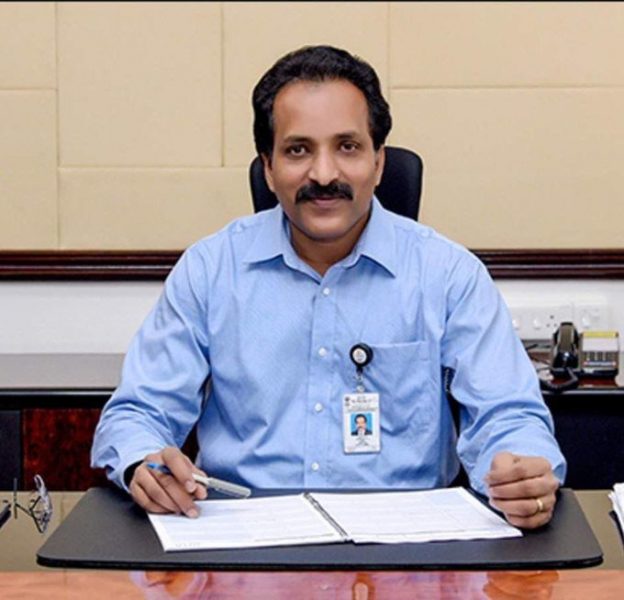
ISRO aims to test Gaganyaan crew module mission by July, says Chairman Somanath

The ISRO is gearing up for a host of activities at the spaceport in Sriharikota, including testing of the crew module in July for its ambitious Gaganyaan mission, said Chairman S Somanath on Monday.
The secretary of the department of space said the space agency was also working for the launch of the synthetic aperture radar mission in association with National Aeronautics Space Agency (NASA).
The NISAR (NASA-ISRO Synthetic Aperture Radar Mission) is a joint earth-observing mission between NASA and ISRO with the goal of making global measurements of the causes and consequences of land surface changes using advanced radar imaging.
Also read: ISRO getting ready for Chandrayaan-3 mission in July 2nd week: Senior official
Weather observation satellite
Talking about future launches, Somanath said the next launch would be a climate and weather observation satellite called INSAT-3Ds, which would be launched using a GSLV rocket. “The same rocket (GSLV) is bound to take the NISAR as well. In the coming months we are going to have launches of PSLVs as well as GSLV MkIII,” he said. The Satish Dhawan Space Centre, Sriharikota (SHAR) will be abuzz with activities towards all of this, he said.
Scientists are working on conducting various tests for the ambitious Gaganyaan mission and the agency is coordinating with the Navy and others in this connection, he said. “We will be launching a test vehicle mission now. Target is to conduct it by July. The vehicle for conducting the test is already in Satish Dhawan Space Centre,” he said.
Indian Space Research Organisation (#ISRO) will in July test the crew escape systems of the #Gaganyaan project rocket, said a top official. pic.twitter.com/svV5fBgp1O
— IANS (@ians_india) May 29, 2023
This launch would demonstrate how the crew escapes in case of any accident during the Gaganyaan mission, he added. “The vehicle will be taken to an altitude of 14 km and from there we would create a problem or try to destroy it and see how the crew module escapes. That we have to demonstrate. We are talking to various stakeholders like the Navy,” he said. This mission has to be repeated again and after that there would be an unmanned mission probably next year in which the whole crew module would be taken to orbit and return, he said.
Launch pad in Tamil Nadu
On setting up a launch pad in Kulasekarapattinam in Tamil Nadu about 600 km from Chennai, he said ISRO was almost in the final stages of acquiring 2,000 acres of land.
“We will be building a launch pad for a small launch vehicle in Kulasekarapattinam and possible rocket launches for private players in future. Land acquisition process is almost completed and some more land is yet to be acquired,” he said.
Also read: GSLV-F12 successfully places second gen navigation satellite into intended orbit
Somanath said the space agency was under discussion about the launch of the next-generation launch vehicle (NGLV). “Now is not the right time to discuss it. It is a rocket which we want to be a recoverable stage, and basically (we are) working on liquid and semi-cryogenic technology,” he said.
“We would like to make it much heavier than the current launchers, and the cost can also be substantially lower. We are working on various architecture across centres and are talking with industries to take part along with us,” he said.
To a query about Monday’s launch of a navigation satellite on-board a GSLV rocket, unlike a PSLV used for IRNSS-1 navigation satellite missions, he said navigation satellites are heavier and cannot be launched using a PSLV and they would be launched using GSLV rockets. On whether the services enabled by the navigation satellite launched on Monday would be available to civilian users, he said ISRO was not given the authorisation for L1 and S bands for civilian services (earlier).
“When the remaining satellites are launched (after Monday’s mission), I am sure all of your mobile phones can be compatible (for usage of the satnav facility)”, he said. Following today’s successful GSLV-F12 mission, ISRO has planned to launch more navigation satellites in the near future.
(With agency inputs)


